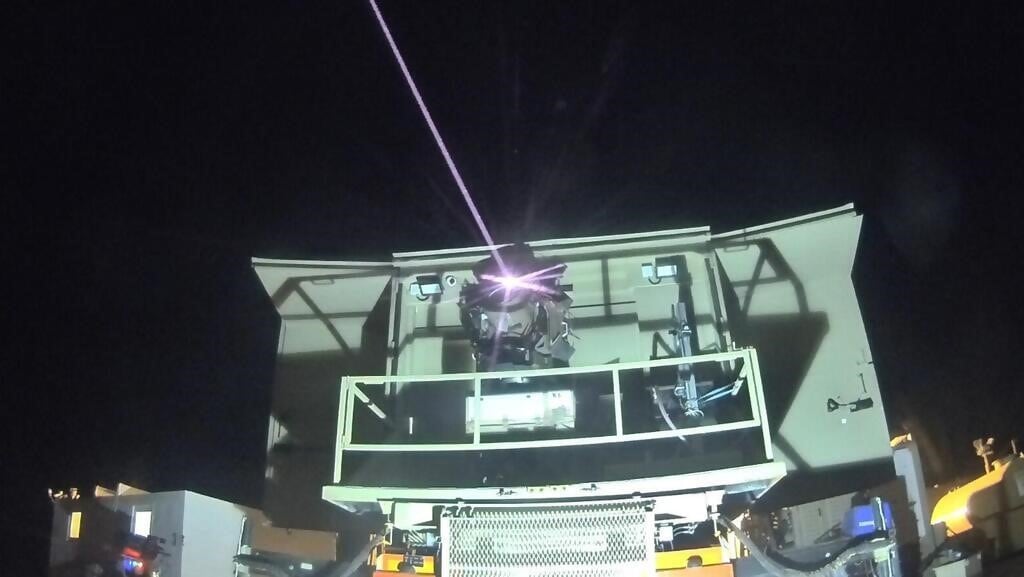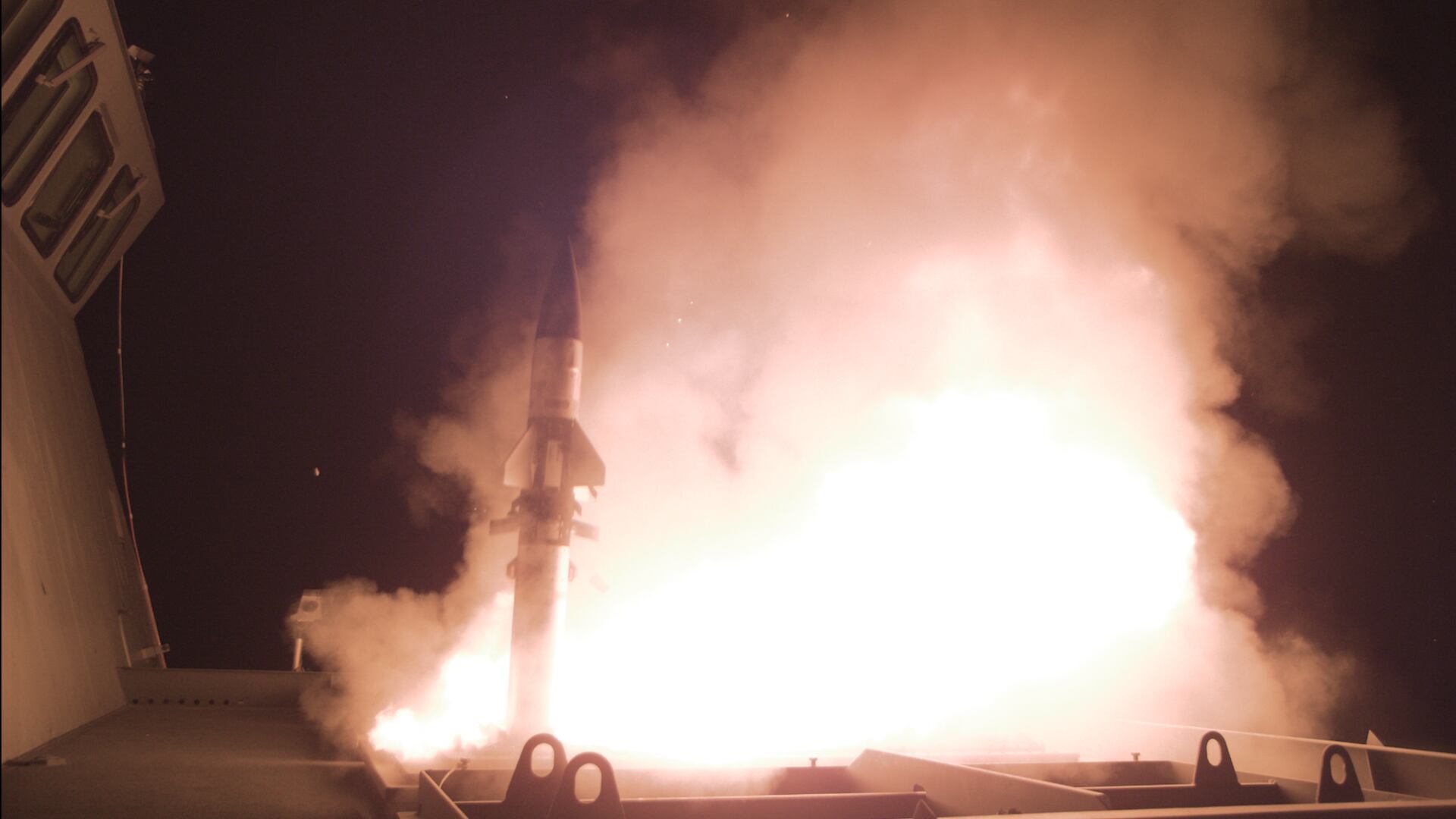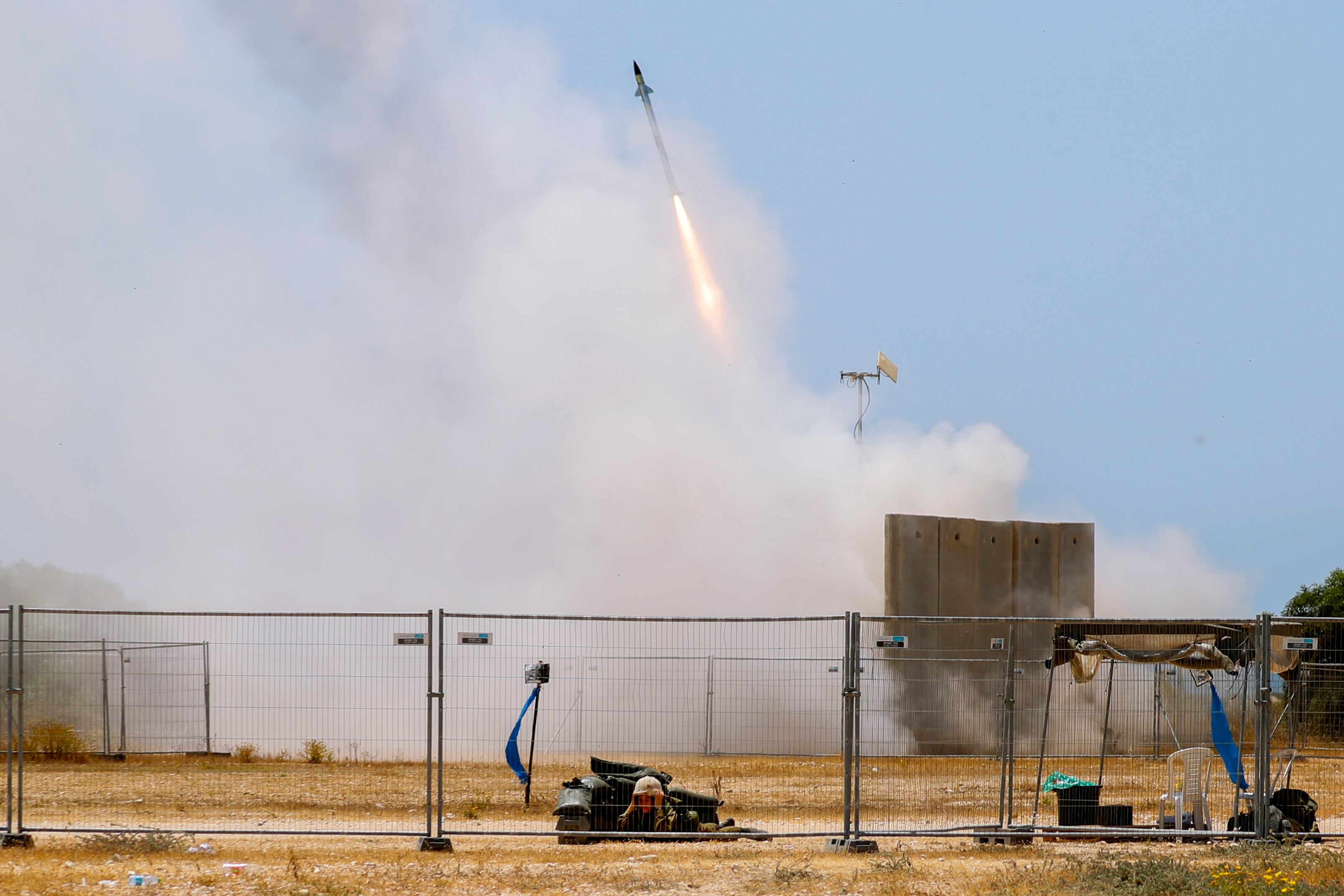MILAN, Italy — Hungarian official signaled an interest in the Israel-made Iron Dome system, with radar components expected to arrive early next year that could fit into the air-defense weapon’s architecture.
Hungarian President Katalin Novák and Defense Minister Kristóf Szalay-Bobrovniczky watched an Iron Dome system demonstration during their visit to Tel Aviv, the Ministry of Defense said in a statement this month. Officials later told reporters that the system is worth studying for Hungary in light of the recent missile incident in Poland.
In what could be considered steps towards such an acquisition, the Hungarian Armed Forces two years ago signed a contract with Rheinmetall Canada for the supply of several multi-mission ELMA-2084 radars produced by its partner ELTA, a subsidiary of Israel Aerospace Industries. The systems will replace Hungary’s Soviet-era P-37, PRV-17 and ST-68U radars.
RELATED

The ELMA-2084 is an active electronically scanned array radar designed to detect and track medium-range ballistic projectiles and aircraft threats, providing operators with early-warning and fire control guidance for their interception. More importantly, it also happens to be one of the three central components of the Iron Dome, which is said to have also been purchased by Canada, Singapore, Czech Republic and Slovakia.
Rheinmetall Canada CEO Stéphane Oehrli may have hinted at possible plans of establishing an assembly or manufacturing plant for radars in Hungary at the time, stating that “in terms of technology transfer, our Hungarian partners also stand to benefit [in the future] from this project.”
Hungary is the company’s most important export customer in the field of radar system integration. Rheinmetall already operates a 150-hectare munition production plant in Varpalota which supplies ammunition to the HAF and another factory in western Hungary producing part of the Lynx KF41 combat vehicles on order.
RELATED

Despite reports that deliveries of the first ELMA-2084 radars had begun, Alain Tremblay, vice president of business development at Rheinmetall Canada, told Defense News that “the pandemic and conflict in Ukraine have caused some small delays, the first radar will be delivered in the second quarter of 2023.”
Hungary’s defense spending is expected to reach $2.9 billion in 2022, with the country pledging to spend 2% of its GDP on defense by 2026 as part of its Zrínyi defense and force development program.
Elisabeth Gosselin-Malo is a Europe correspondent for Defense News. She covers a wide range of topics related to military procurement and international security, and specializes in reporting on the aviation sector. She is based in Milan, Italy.








